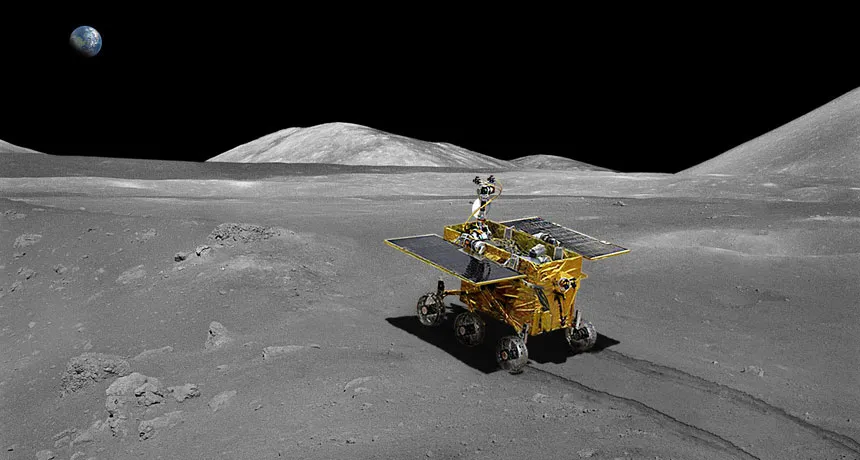Chinese rover reveals moon’s layers
Lunar subsurface has more complex history than expected, analysis shows

ROVER RADAR Radar mapping done by China’s first lunar rover, illustrated, reveals that the moon’s geological history could be more complex than previously thought.
China National Space Administration








